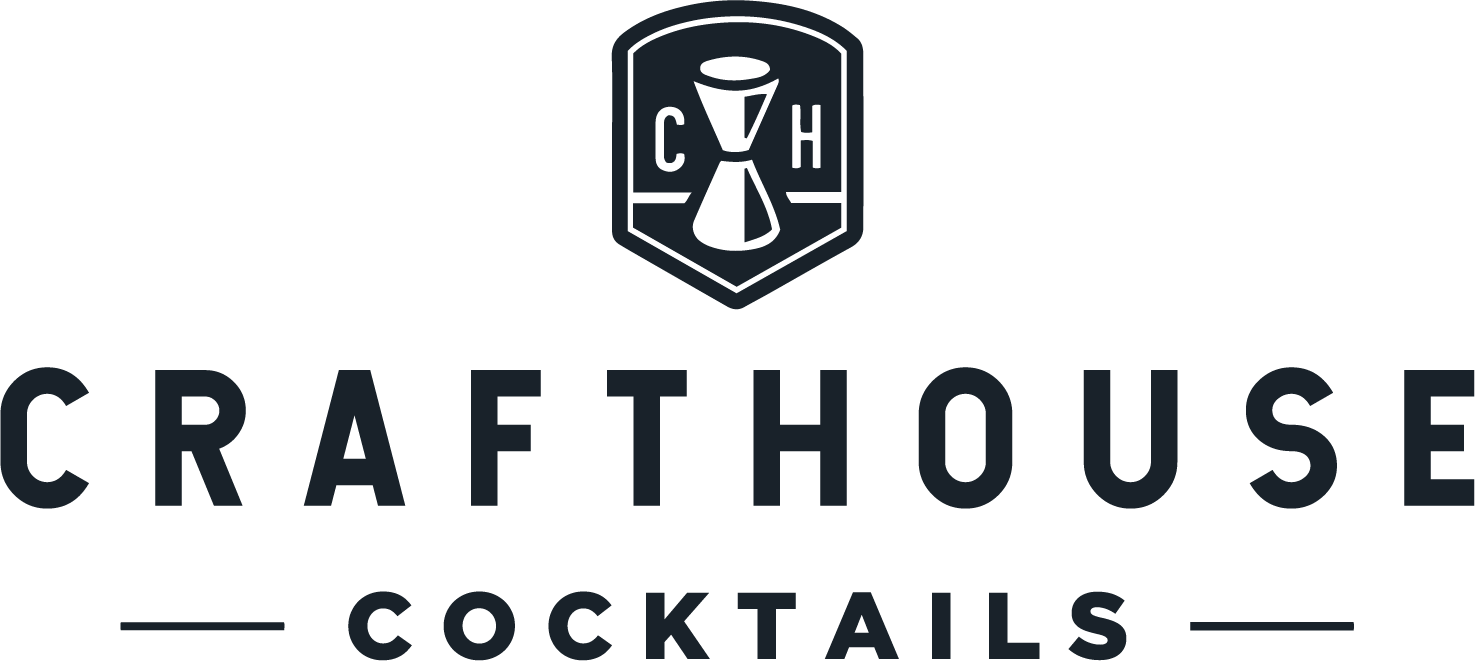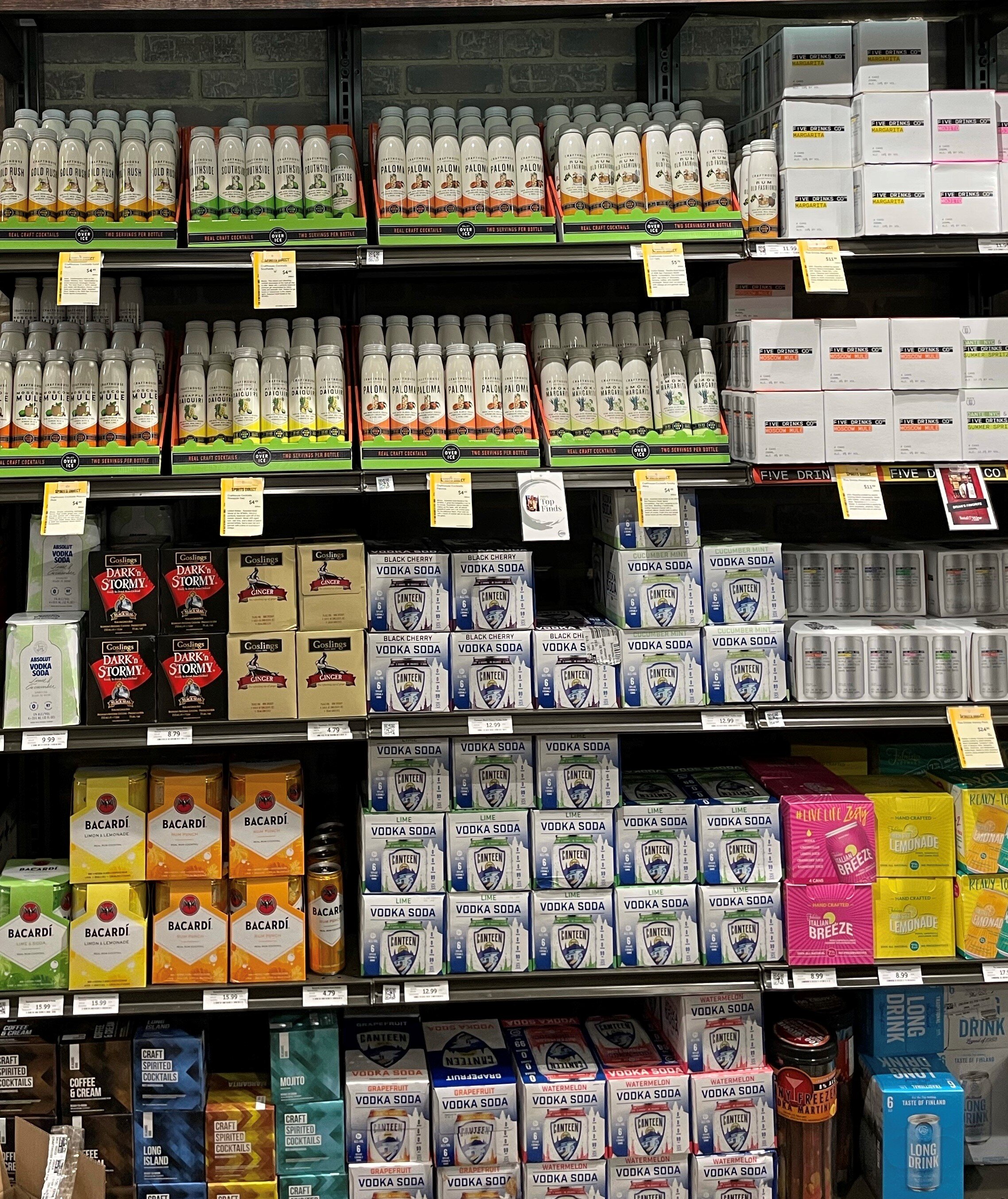The Rise Of The RTD
A typical RTD section at Total Wine & More
The ready-to-drink (RTD) beverage market is doing better than ever and is expected to continue their positive growth into the post-COVID future. Within the past 4 years there have been hundreds of new alcoholic drinks created in an RTD format such as hard seltzers, craft cocktails, and hard teas. These types of drinks are viewed as a better alternative to beer because they contain less calories and feel less filling. Additionally, most of these drinks are gluten free and starting to move away from using malt liquor, which makes them appear “healthier” to customers.
Within the past year the biggest change for this industry was the COVID-19 pandemic. With people unable to go to bars and spending more time at home it created many new off-premise locations for RTD. “According to the Distilled Spirits Council, gross revenues in the U.S. spirits market grew by 7.7% in 2020, notching the largest increase on record”. Quarantine caused many people to stockpile on alcohol, as well as consume it more frequently than normal, which contributed to most of this sales spike. The beer and spirits sales were almost evenly split, showing how big the RTD market had become by March last year.
While the data from 2020 shows huge advancements within the alcohol market, specifically with RTD beverages, the big question is will these purchasing habits change as the world starts to open up again? People are beginning to return to bars and restaurants, so there is a worry that the demand for purchasing RTD beverages to drink at home may decrease when this happens. However, Bank of America has even estimated that “the spirit-based RTD market could reach between $3 billion and $4 billion in five years, up from about $400 million now”. There is a huge potential for brands in this market, as it seems that the consumer base is only continuing to grow despite these changes to our daily lives.
The potential for an increase in RTD sales continues to be predicted so high because there are many other on and off premise opportunities for these drinks to be purchased for aside from having them at home. Whether they are being purchased on the train, at an airport, or even to bring to the beach, people are still looking for hard seltzers and cocktails that look and taste good. Most alcohol consumers are really drawn to the fact that these options offer such a large variety of flavors while attempting to create a healthier way to drink in comparison to beer, and they most likely aren’t going to change what they purchase based on the pandemic ending.
Overall the RTD market has continued to soar in sales, and there is no prediction that this will be stopping anytime soon. Large brands have even begun to hop on the trend and create their own canned cocktails and seltzers, while many smaller companies have begun to pave the way as well with their craft drinks. RTD has brought huge potential to the alcohol industry, and they are here to stay.
- Lucy Duffy


